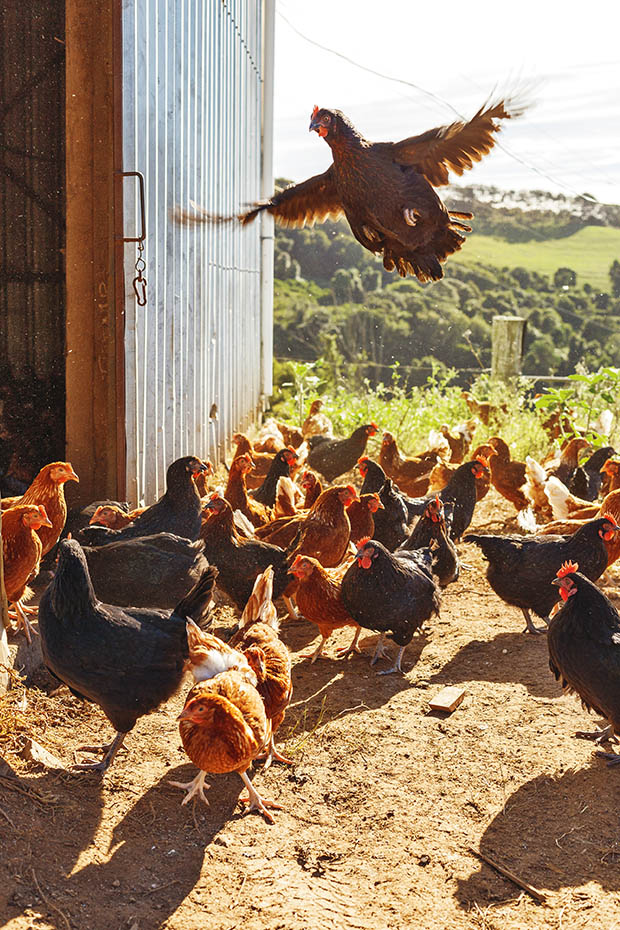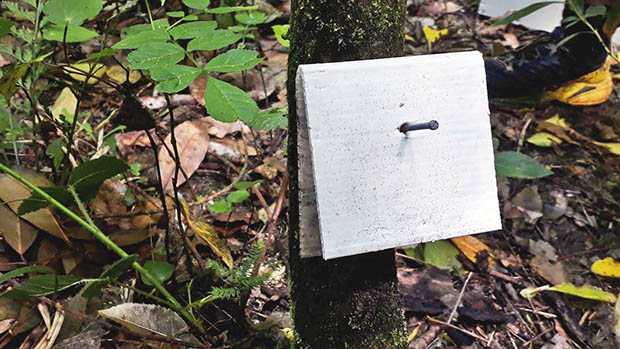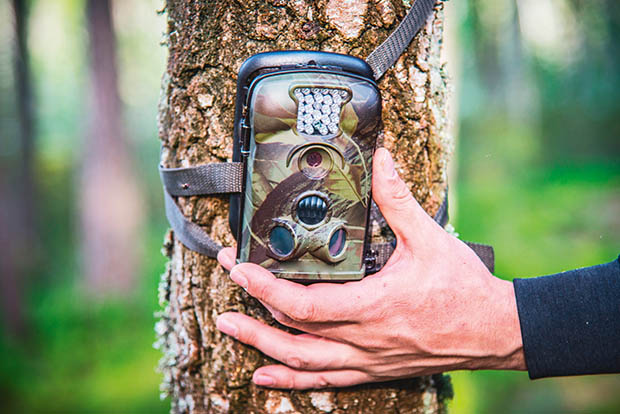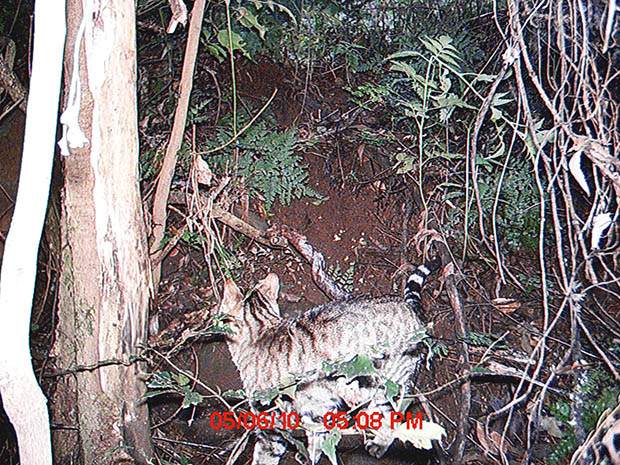How to protect your flock from autumnal pests

Planning for common pest problems is crucial.
Words: Nadene Hall
You don’t see them often, but they’re always nearby when you have poultry: rats, hedgehogs, stoats, ferrets.
Most people set traps and use bait stations if feed, eggs, or – worse – birds go missing and if you’re lucky, that solves the problem. But it’s common for the losses to continue while the trap remains empty and the bait uneaten.
Talk to a pest controller and they’ll tell you the first crucial step is to identify your enemy. There are several ways to do this, and it can pay to use more than one detection strategy as you’re often dealing with multiple culprits, and they’re all pretty crafty. A correct ID will save you time, money, and a lot of frustration.
1. The trail camera
These are designed for game hunters, but they’ll also clearly identify anything that sets off their sensors, day or night. You can buy basic ones that take still shots in black and white or invest in a full-colour model that takes video.
2. Inkpads
You can identify a pest by its pawprints. You can buy tunnels that hold inkpads which don’t smudge, so once a predator’s paws are inked, they leave clear marks behind.
You can then compare it with a pawprint guide – see here for an excellent free guide. It shows each type of pawprint and then real-life inkpads with an analysis of what they show.
3. Chewcards

Chewcard on a tree.
You can also buy chewcards like the ones pictured above or make your own. You might already have seen teeth marks in your coop, fencing, or perhaps on fruit or vegetables in the garden. Chew cards make it easier to identify a particular predator or predators.
The ones you buy are often pre-loaded with something tantalising, or you can use a lure to encourage pests to bite.
For instructions on making your own cards, using them, and identifying teeth marks, see here.
HOW TRAIL CAMERAS ARE HELPING TO SAVE NATIVE WILDLIFE

Source: Predator Free NZ
Rats are pretty lazy. That’s what Eion Harwood thinks after watching them in action on the 15 trail cameras the Russell Landcare Trust’s Kiwi Protection project has on the 450ha it patrols for pests.
The observations led to him coming up with a unique control option, attaching modified trap boxes to branches after observing a large number of tree-climbing ship rats. He used standard traps to start with, then modified them after watching how the rats reacted to them.
Lessons learned from the trail cameras included making things simple and easy for the rat and for those setting traps. Eion and other volunteers mount traps at eye height so it’s easy to check, clear, and reset them.
Wildlife ecologist Dr Al Glen has done a lot of work using trail cameras in the wild. His advice is to choose a camera that fits your situation. For example, the best option if you’re trying to capture images of wild animals is to use a camera with ‘no glow’ technology. This illuminates an animal that triggers it without showing visible light. However, the pictures will only be in black and white; a flash is needed for colour images which spooks animals, and alerts people you may photograph to the camera’s position.
TARGETING CATS

One thing that surprises anyone who uses a trail camera is the number of cats they spot that they’ve never seen before. In farming areas, there’s a mix of pet cats, dumped cats (and their progeny), and those that are wild.
Wild cats roam far wider territories than domestic cats. A male tomcat can have a huge range, up to 20km, vs a neutered domestic cat which on average will stay within a 500m range.
A trail camera allows you to easily identify a cat. If it’s your cat, lock them up at night. Cats quickly acclimatise to staying inside overnight, and unless they’re old or have a health issue, they usually don’t need a litter tray.
Always use live capture traps when trying to catch a cat that’s targeting poultry. Don’t risk killing a pet cat or dumped cat that could be rehomed.
Wild cats are often found along a bush-pasture margin and follow tracks along fencelines, waterways, roads and tracks. The best trap placement spot is somewhere with cover, such as long grass or shrubbery.
However, make sure this doesn’t interfere with the trap mechanism.
The best baits include:
• oily fish cat food or another wet cat food;
• fatty mince or chicken;
• cat biscuits with peanut butter or drizzled with oil.
When you use a live capture trap, you must check it regularly, by law within 12 hours of sunrise. Best practice is to check first thing in the morning as most cats are roaming (and so likely to be trapped) between 11pm and sunrise.
Don’t be fooled by a trapped cat’s behaviour as some domestic cats will react like a wild animal when cornered.
Take the cat to a vet to check for a microchip and to determine whether it’s fixed. Check with neighbours and put up posters to try and find an owner. Some pets aren’t microchipped, or it may be someone’s barn cat that’s neutered and fed by them, but doesn’t live in their house like a ‘normal’ pet cat.
Have a plan beforehand on what you’re going to do if you capture a wild cat, eg if/how to humanely euthanise it.
Love this story? Subscribe now!
 This article first appeared in NZ Lifestyle Block Magazine.
This article first appeared in NZ Lifestyle Block Magazine.
